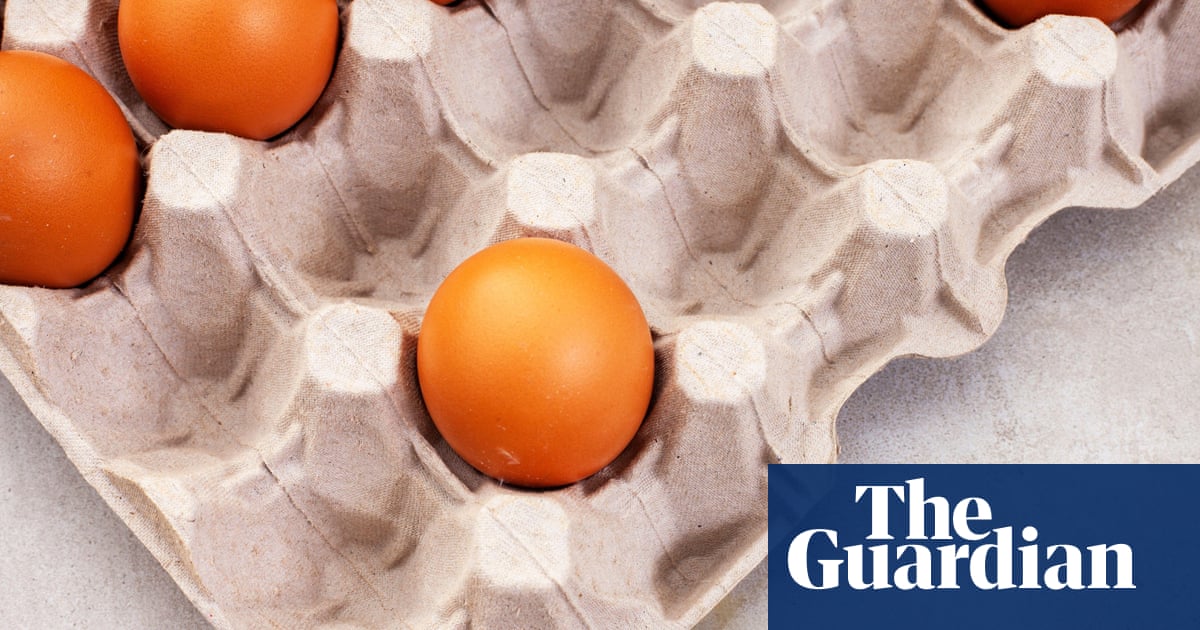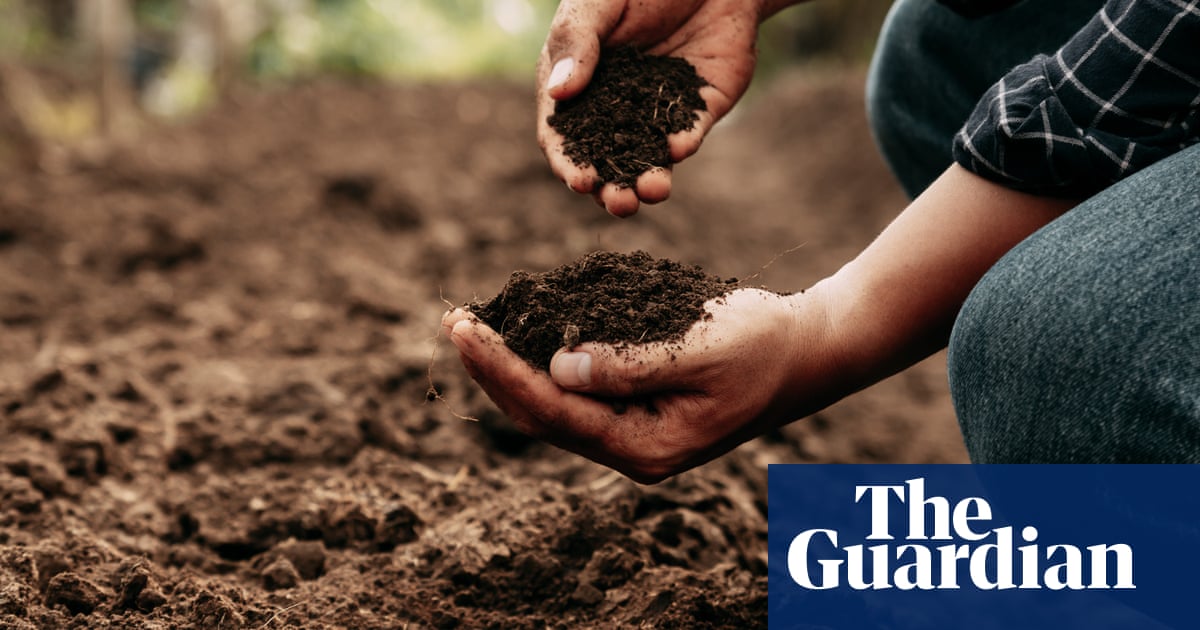Australians gobbled down nearly 270 eggs per capita in the last financial year. But with more than 10% of the country’s laying flock culled in the last 12 months, an industry-wide move away from battery farming and rising consumer demand, prices are surging and supplies are tight – with some reports suggesting the shortfall could continue to 2028.
Supermarkets Coles and Woolworths still have purchase limits on eggs, so for the egg-reliant times might feel tough – but vegans and those with allergies have long since developed a host of no-fuss alternatives. Here, they share their advice.
For whipping
Since the experiments of a French musician and an American software engineer gave the world aquafaba a decade ago, the unlikely substitute for the humble goog has become ubiquitous in vegan cuisine. A viscous byproduct of cooking legumes (usually chickpeas), aquafaba is most famous for its ability to be whipped up into convincing meringues, but as hospitality consultant and former sous chef of the acclaimed Sydney vegan restaurant Yellow, Elijah Attard, points out: “You can also use it to make sauces, emulsions and mayonnaises.”
Attard, who’s been vegan for nine years, says you can get two small eggs’ worth of aquafaba out of one can of chickpeas, making it very cost-effective – and it’s even cheaper if you’re soaking and boiling the beans yourself. Whether from the can or homemade, the solution can be stored in the fridge for up to a week. If you’re going to DIY it, remember that it’s the cooled cooking water that makes aquafaba, not the soaking water. With a cult following, recipes for its multifarious uses abound online – from macaroons to veggie snags.
For baking
Attard says that while there’s never going to be a true substitute for the “eggy egginess of an egg” there’s certainly a few reliable sub-ins when baking.
One of the most economical and effective, Attard says, is made by mixing ground flaxseeds with boiling water. For one egg, “you’re going to want to do around one tablespoon of flaxseed [meal] to three tablespoons of boiling hot water”. Then it’s a matter of mixing it together and letting it sit for five to 10 minutes. The end result is a gel-like substance that costs about 25 cents per egg equivalent, or around half the price of a free range egg from the major supermarkets.
Veet Karen, a vegan cooking school facilitator and podcaster who’s enjoyed a plant based diet for close to four decades, recommends a similar concoction made of chia seeds. When used in recipes for things like fritters, she says it has the added benefit of “fluffing up” as an egg would. Karen’s ratios and method are the same as Attard’s, as are the savings.
For binding
Attard says that while bananas make a great binding substitute, “there’s good and bad times to use them” when it comes to “reimagining the structure and texture of an egg”.
“When they’re green or pale yellow, that’s when most of the starches are there; that’s when you’d use it as a [more neutral] binding agent, whereas when they’re spoiling and brown those starches have converted to sugars which will impart more of that rambunctious, funky banana flavour.
“Whenever you’re replacing something, you’ve always got to be a little bit intuitive. But I would say roughly half a large banana will do the work of one egg.”
after newsletter promotion
Apple puree is another popular fruit based egg simulator, but Karen warns too much can make baked goods crumble. “I’d only ever add a half a cup.”
Karen isn’t a big fan of aquafaba, so for a super quick mayo she swears by “half a cup of soy milk, a cup of sunflower oil, dijon mustard and salt” whizzed in the blender for no more than a minute.
For a protein hit
Jemma O’Hanlon, a board certified dietician, nutritionist and spokesperson for the Heart Foundation says that despite eggs’ unique nutritional profile it is easy to find similarly convenient high protein snacks.
She reckons nuts and nut spreads are some of the best. “Like eggs, they’re high in protein, nutrient-rich and offer a range of health benefits.”
O’Hanlon also endorses the millennial classic, smashed avo and feta on toast. While probably not cheaper, it offers a “beautiful balance of healthy fats and protein”.
“All legumes are great. Even low-sodium store-bought baked beans I recommend for an easy breakfast, lunch or dinner – you’re getting all the benefits of the plant protein, fibre and lots of vitamins and minerals.”
While these options won’t provide exact nutritional matches, O’Hanlon reassures us that while we’ve become accustomed to having “all sorts of food on tap”, we don’t need to eat any one ingredient daily to stay healthy. “It’s not what you have in today’s meal or yesterday’s meal. It’s what you have over the course of weeks, months and years that’s most important.
“And it’s good to have a little bit of scarcity and to get creative with other options now and again.”










